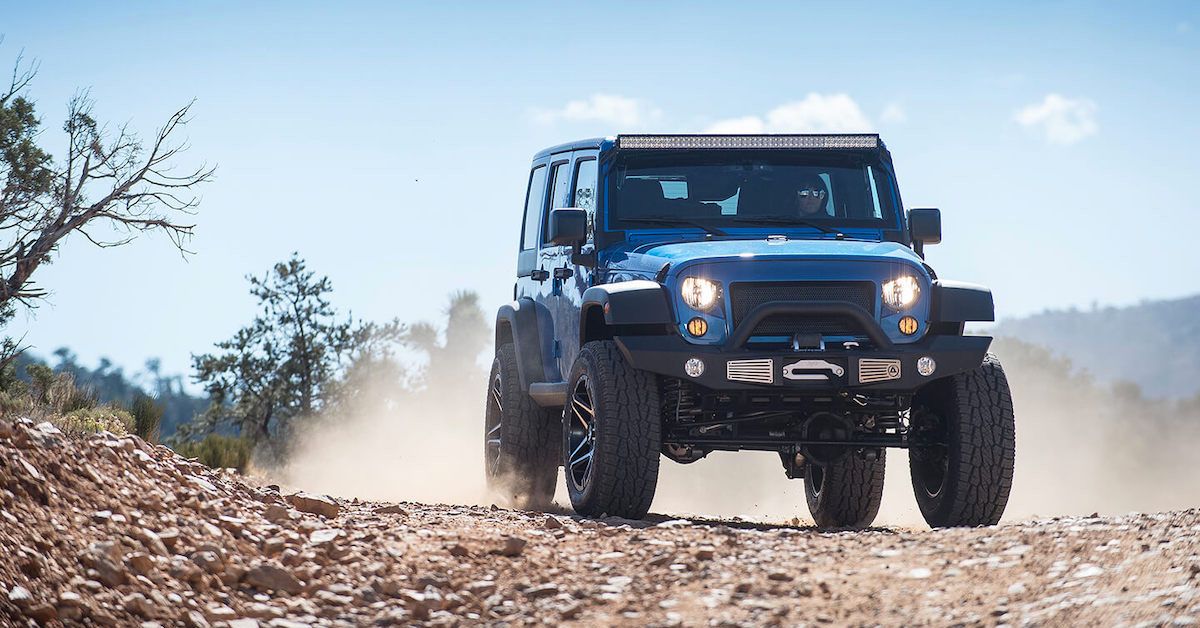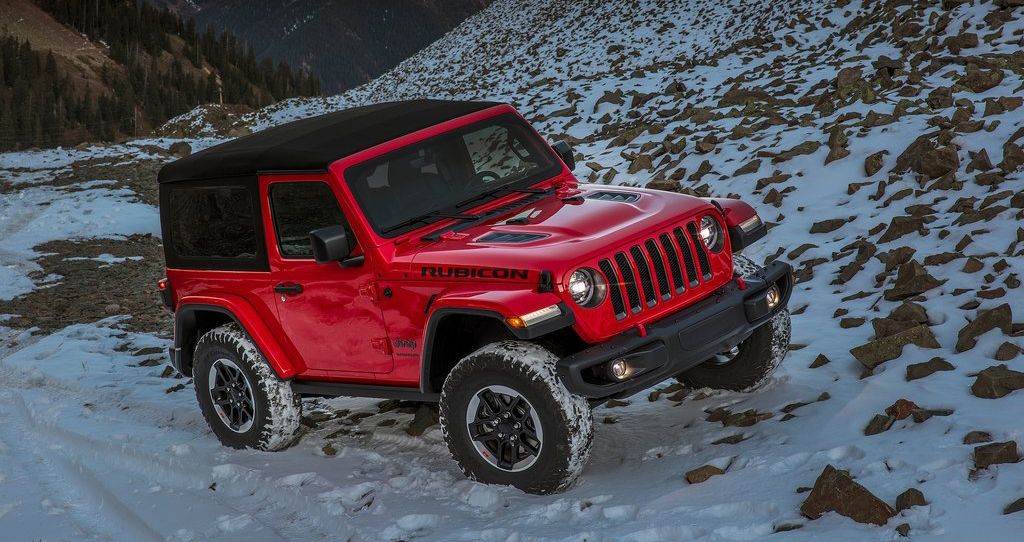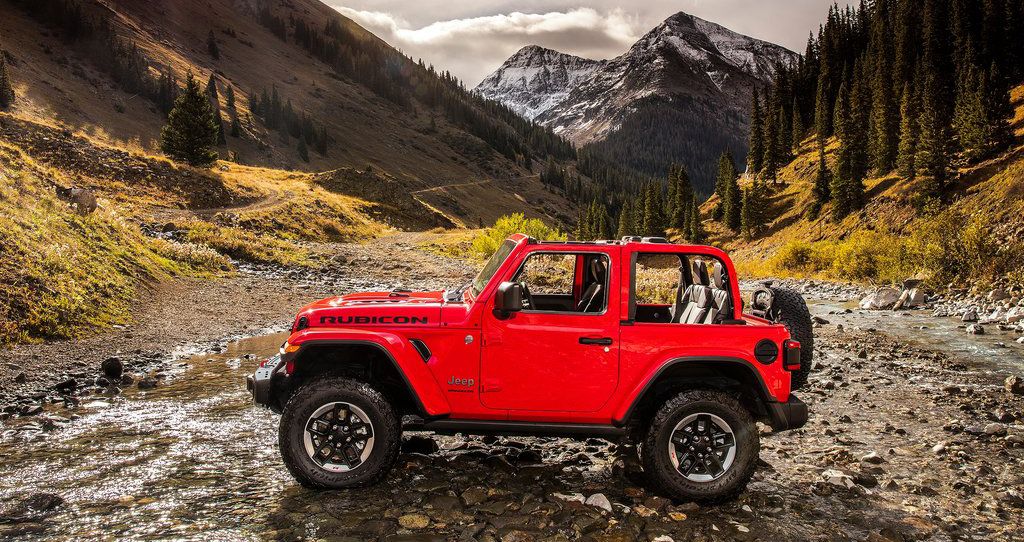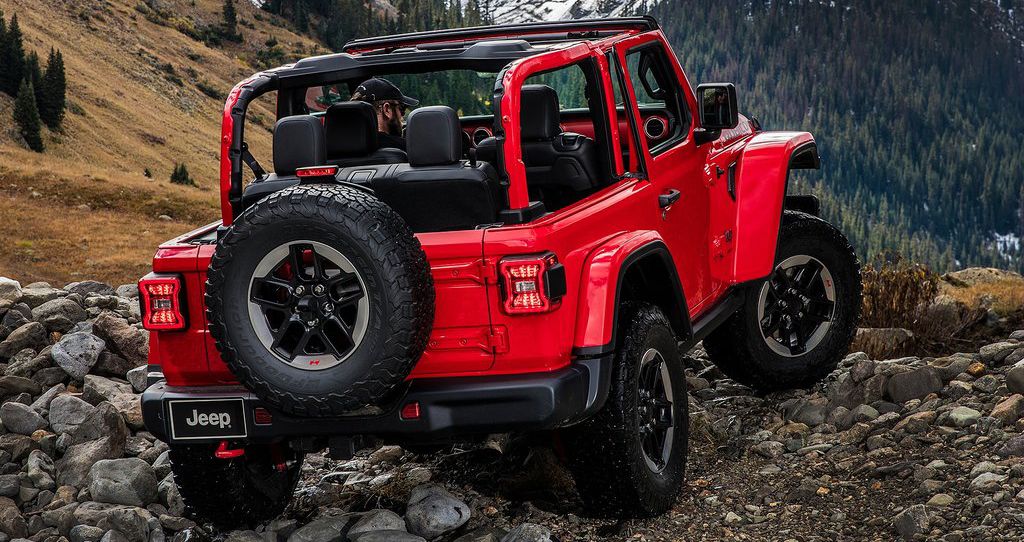Death wobble can strike at any time and without warning. One moment you’re cruising down the highway in your Jeep Wrangler, and the next moment your vehicle starts shaking violently. From there, it's all hands on deck to keep your vehicle from going out of control. You may have heard about this strange circumstance, and if you own a Jeep Wrangler, you may have experienced it first-hand.
Once it occurs, this phenomenon can be dangerous, and facing it can be extremely frustrating and unsafe for you and your vehicle.
In this article, we’re diving into all the potential causes of death wobble, what to do when it occurs on the road, and how you can prevent it.
What Is The Death Wobble?
Dead Wobble is a term created by Jeep owners referring to the vibrations that start at the front axle due to a disturbance on the road, causing the entire Jeep to shake uncontrollably.
This should, however, not be confused with a wheel alignment issue, which typically shakes one part of the vehicle. Death wobble shakes the entire vehicle and, in worse cases, may feel like the wheels are about to spin right off, or that the entire vehicle is about to shake itself apart.
So, What Causes Death Wobble?
The death wobble is very common when you’re traveling at high speeds (more than 45 mph) and you hit a small bump on the highway. This disturbance in the vehicle’s constant flow causes the vehicle to become shaky and wobbly. It can be a terrifying experience, especially if you’re experiencing it for the first time.
Some of the most common causes of death wobble are improperly installed suspension parts or loose or damaged steering parts. Worn-out suspension components, such as the front track bar, Upper/lower control arms, and ball joints can also cause the phenomenon. In some cases, one damaged component can loosen another and cause a chain reaction underneath, at the front axle area.
There’s a false impression that death wobble is more likely to happen on lifted or modified Jeep Wranglers. However, this is not the case. The death wobble is can happen on any vehicle with a similar character or suspension setup. Even Ford trucks.
Unfortunately, Jeep Wrangler’s build is a gift and a curse. On one hand, they pave the way for an awesome off-road experience, and on the other, they’re prone to the death wobble plague. And in case you’re curious about what Jeep models are more prone to death wobble, then here’s your answer: All of them. Death wobble can potentially affect Jeeps from all model years. Since the Jeep construction hasn’t quite changed over the years, it makes sense that death wobble would spare none.
What To Do When Death Wobble Happens On The Road, And How To Survive It
When the death wobble occurs, and it feels like an earthquake is rippling through your Jeep, don't panic. Grip the steering wheel lightly. It can be tempting to grab the wheel tightly and try to steer yourself to safety, but doing so can injure your hands and likely won’t stop the wobble, especially if you're still going at high speed.
Once you’ve gripped the wheel, press the brake pedal lightly to slow down. As we mentioned earlier, death wobble is more imminent at high speeds, so slowing down will likely stop the wobble. And if that doesn't stop the shaking right away, at least you’ll retain more control over the vehicle, up until you come to the safest option, which is to stop and pull over.
Here’s How To Prevent The Death Wobble
We’ve mentioned some causes of the death wobble, and the best part, fortunately for the jeep owner, is that you can fix most of these problems yourself.
Since a majority of death wobble cases are caused by a loose or damaged front axle bar, this is the first place you want to check. Get under your Jeep and inspect the mountings. Here, you want to make sure that all bolts are tight using a torque wrench.
Your second inspection point should be the tie rods. In normal cases, the tie rods should move in coordination with any movement of the wheel. Move the wheel while you check the tie rods. If the rods don’t move, make sure to have them replaced. Faulty tie rods are very dangerous, and not just from a death wobble viewpoint. In worse cases, the wheel can even fall off of the steering assembly. If that happens, the vehicle loses its steerability.
Then check the wheel bearing, alignment, and balance. First, have the front part of the vehicle or the whole car elevated. With your hands gripping the top and bottom of the wheel, give it a shake. If there is a clunking noise, then the wheel bearing is bad. Then you can work your way to inspect the alignment.
Ball joints are also one of the key causes of death wobble. Most Jeeps made up to 2018 have upper and lower ball joints that act as part of the main links connecting the suspension to the vehicle's frame. With the front wheel lifted, spin the wheel with your hands and check the feedback from your wheel. You’ll be able to tell whether you’ll need to have the system replaced.
In the third quarter of 2019, after facing lots of lawsuits, FCA, Jeep's parent company, announced a solution for the Wrangler death wobble, which involved a redesigned steering damper. This change improved the speed of fluid during compression cycles. While this hasn’t entirely corrected the problem, newer Jeeps are less prone to death wobble than old ones.




